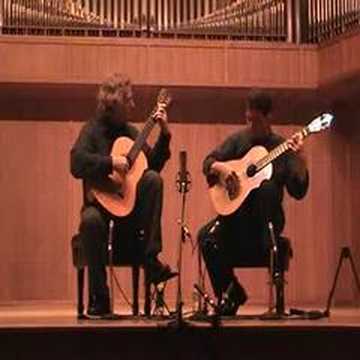«Hei nun! Wie du kamst?»/»Wo ich erwacht – weilt’ ich nicht». «Tristan und Isolde», german opera in three acts. Music and text by Richard Wagner (1813-1883).
In 1854 Wagner finds out Schopenhauer’s philosophy, which shows music as the only way of expressing the deep sense of existence: it is so that the composer grants priority to music. In some of his essaies, Wagner defines «Musikdrama» as «the acts music made visible», in opposition to the merely theatrical drama, based on the simple representation of the actions.
Moreover the concept of «Gesamtkunstwerk», whose subject must be inspired by the myth, comes out and it needs a poetical language of its own, that Wagner finds in the «Stabreim», a type of versification marked by allitterations, which reminds the verses of the Nordic sagas; so the libretto acquires great importance and word merges with music.
In fact Wagner gives up the succession of arias, which harms the narrative fluency: he wants a drama and a music united in an unstoppable and continuos movement; to structure this, Wagner makes large use of the leitmotiv, a sort of recurrent motif formed by short musical cells which represents a character, an object, a feeling; during the opera, every leitmotiv is subjected to a steady metamorphosis, to an almost symphonic development and it becomes one of the yarns of an exceptionally rich warp. It follows that the orchestra acquires an essential role because it must unfold most of the action, the evolution of the characters, their feelings and their impulse.
The action of «Tristan» develops on a metaphysical level which is far from the social universe of «Der Ring», so its leitmotives are not associated with objects or psychic states; as a matter of fact while in «Der Ring» you clearly hear motives associated to the Rhinegold, to Nothung (Siegfried’s sword), to the anger or the anguish, in «Tristan» these associations fastly dilute themselves according to the metamorphic process of the leitmotiv.
The descending motif listened at the beginning of the prelude already evades every attempt to identify in something or someone, because it represents qualities and moods that result always different during the opera.
On the other hand many key themes already appear in the prelude Wagner composed first, when both music and text hadn’t been merged yet.
The musical language of «Tristan» is characterized by the tonal instability and ambiguity, by the extreme chromatism of the melodic line and by the harmony: everything is at the service of the drama, the expressive intensification and the emotional tension.
This chromatism took to extremes can express bette than every other process the inaccessible wish, the impossible passion both Tristan and Isolde are forced to suffer till they are on the verge of madness; this is strenghtened by the sense of decay felt in all the opera. Instead the immutable social values emboded by Marke and Melot are almost dealt with a diatonic way: honour, loyalty and feudal rights are represented by a stream of perfect tunes, totally ordinary.









